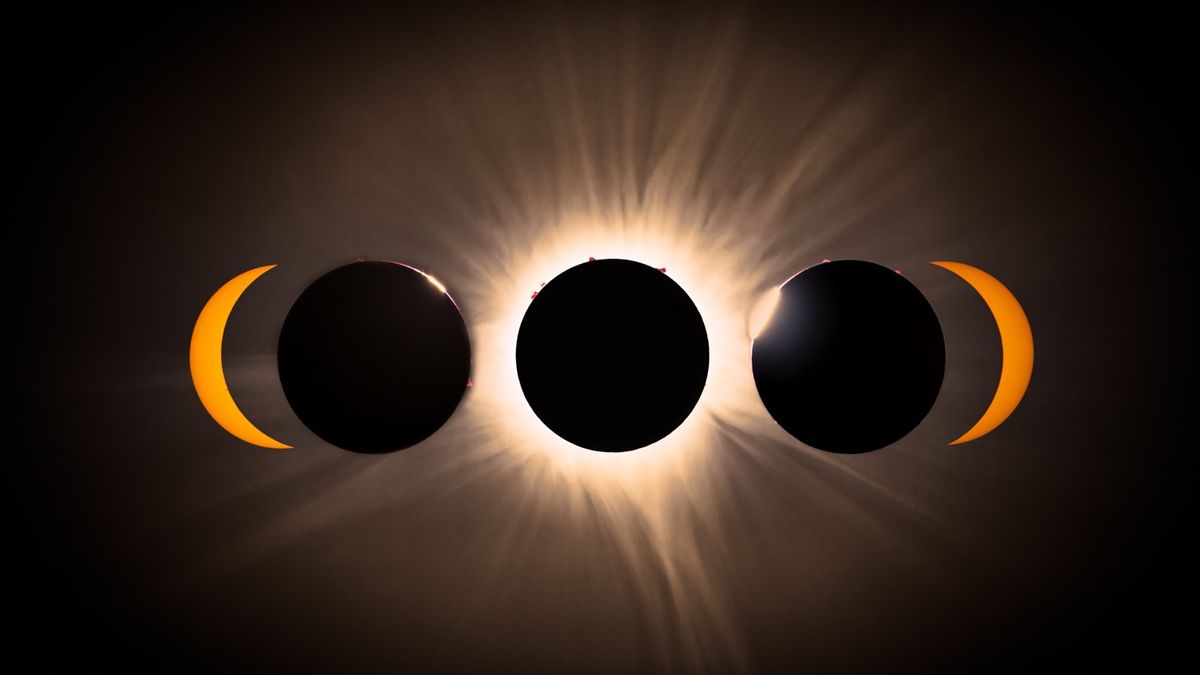Cosmic Mystery Unveiled
Scientists using NASA’s Fermi gamma-ray space telescope have made a groundbreaking discovery while observing a nearby supernova, referred to as SN 2023ixf. The study aimed to investigate how these stellar explosions generate charged particles known as cosmic rays. However, the team stumbled upon an intriguing anomaly – the complete absence of gamma-ray emissions typically associated with the acceleration of cosmic ray particles to near-light speeds. This unexpected find poses a significant challenge to the existing comprehension of supernovas, which have long been considered as primary sources of gamma-ray production.
Unveiling SN 2023ixf
The supernova SN 2023ixf was newly identified on May 18, 2023, in the galaxy Messier 101 (M101), also called the “pinwheel galaxy,” located approximately 21 million light-years away from Earth. This cataclysmic event resulted from the demise and subsequent collapse of a supergiant star with an estimated mass 12 times greater than that of the sun. Notably, Fermi’s detection of SN 2023ixf marked the brightest supernova observed in proximity to Earth since the initiation of the telescope’s exploration for such events in 2008.
This remarkable astronomical phenomenon, however, lacks a critical component, prompting further scrutiny. Scientists had previously hypothesized that supernovas convert about 10% of their total energy into cosmic ray acceleration. Yet, observations of SN 2023ixf suggest an energy conversion rate as low as 1% within mere days following the explosion. While this revelation does not entirely discredit supernovas as cosmic ray factories, it underscores the necessity for deeper insights into their production mechanisms.
Mysterious Cosmic Ray Origins
Cosmic rays, comprising predominantly atomic nuclei of hydrogen, incessantly bombard Earth’s atmosphere, with a minority consisting of free electrons or heavier element nuclei. Examining the source of cosmic rays poses a challenge due to the formidable magnetic fields encountered during their interstellar journey. The intricate trajectories of these charged particles prohibit accurate reconstruction. In contrast, high-energy photons, or gamma rays, serve as effective tracers for cosmic ray production, as they remain unaffected by magnetic deviations.
Notably, gamma rays, being less prone to deflection, offer valuable insights into cosmic ray mechanisms. Their absence, as observed in the case of SN 2023ixf, raises crucial questions about cosmic ray origins. Unraveling this enigma holds the potential to enhance our understanding of these fundamental cosmic processes.
Supernova Dynamics and Cosmic Ray Generation
Supernovas occur when massive stars, approximately eight times more massive than the sun, exhaust their nuclear fusion fuel, ceasing the radiation pressure supporting the star against gravitational collapse. The ensuing core collapse triggers a powerful outward explosion, ejecting stellar material into space. These shockwaves, lasting tens of thousands of years, facilitate cosmic ray acceleration by interacting with interstellar matter, ultimately producing gamma-ray photons.
An intriguing revelation from Fermi’s observations in 2013 highlighted deficient particle acceleration in supernova remnants within the Milky Way. Further studies revealed that the most energetic cosmic rays are generated shortly after the star’s collapse, aligning with the newly discovered SN 2023ixf’s peculiar characteristics. The absence of gamma rays in Fermi’s observations of SN 2023ixf presents various hypotheses, including uneven debris distribution or absorption of gamma rays within the supernova environment.
Continued investigations into SN 2023ixf across different wavelengths and the development of computer models aim to elucidate the underlying factors contributing to the observed anomaly. While the absence of gamma rays does not preclude cosmic ray presence, researchers aim to establish an upper limit on cosmic ray production by exploring diverse theoretical frameworks and environmental conditions.
The team’s groundbreaking research is slated for publication in the renowned journal Astronomy and Astrophysics, promising further insights into cosmic phenomena and advancing our comprehension of the universe’s intricate workings.
Image/Photo credit: source url





